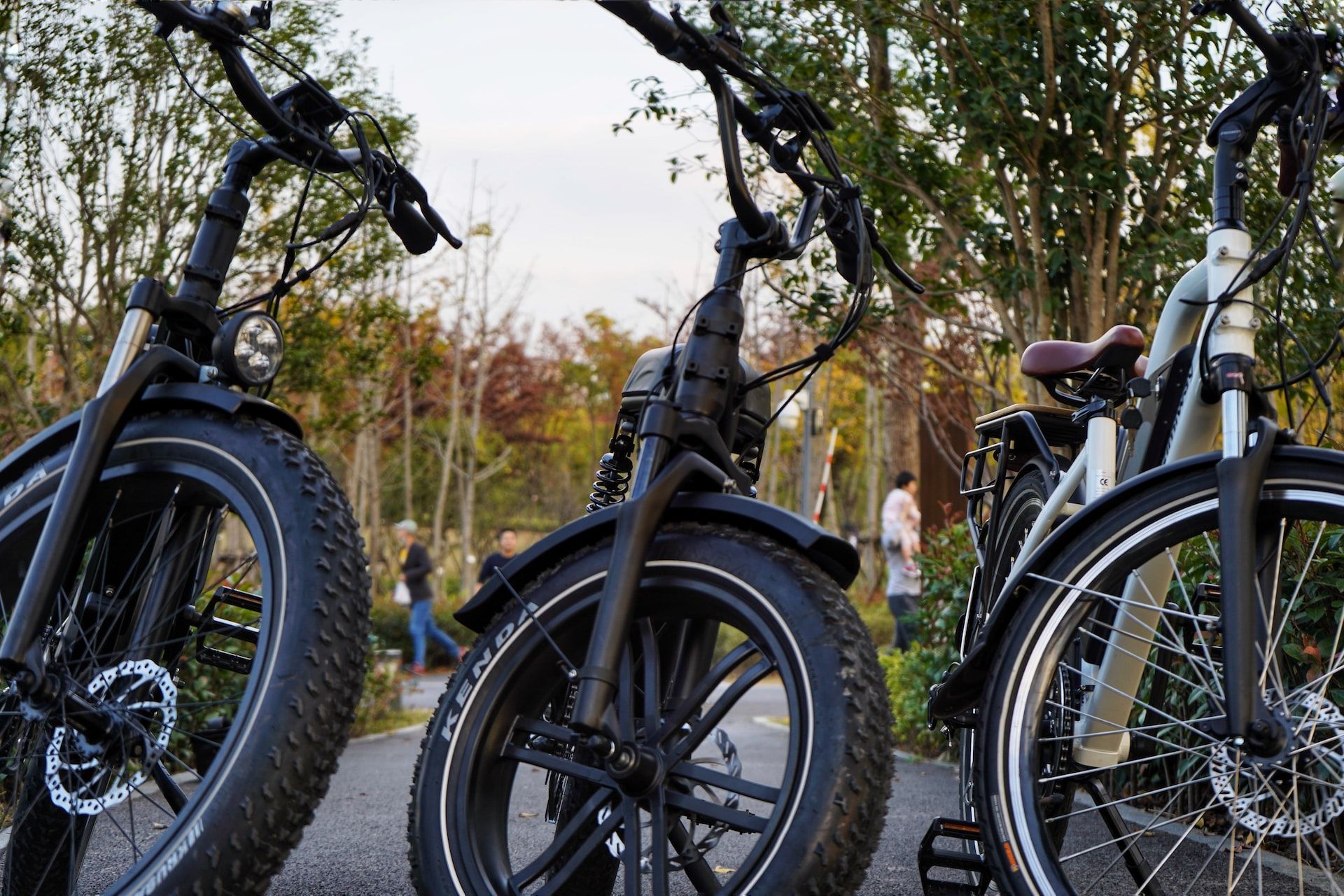Most delivery services nowadays are adopting electric bicycles for convenience. Besides that, micromobility makes it easier to evade traffic, especially in major cities. They're also cheaper to operate than gasoline two-wheelers.
However, there have been reported cases of e-bikes catching fire because of the battery. Because of such cases, it's important to know what causes an e-bike fire and how to avoid it. So let's take a closer look at different ways to avoid an e-bike fire.
What Causes an E-Bike Fire?
In 2022, at least 200 fire incidents caused by lithium-ion batteries were recorded in New York—as reported by the New York Times. Those are the types of batteries that are used in e-bikes and electric cars.
Of course, lithium-ion batteries don't just ignite spontaneously. Instead, they catch fire because of overheating or thermal runaway. More succinctly, most lithium-ion battery cells have a maximum operating temperature of 131 degrees Fahrenheit—if they're exposed to extremely high temperatures, they could catch fire.
In other words, if you have an e-bike and the battery gets too hot, it could ignite or explode.
6 Ways to Avoid an E-Bike Fire
1. Don't Keep Your E-Bike Inside Your House
After the electric bike fire incidents in New York, the New York City Housing Authority [PDF] passed regulations to ban New York residents from storing or charging their e-bikes inside buildings or apartments. This rule doesn't just apply to e-bikes. Gas-powered mopeds, scooters, and motorcycles are also prohibited in apartments because they're a fire hazard.
If you keep your e-bike in your apartment or co-shared space and the battery catches fire, it could be difficult to extinguish it before it spreads. This is because putting out a lithium-ion battery fire could take hours, and the fire can reignite without warning if not handled properly. However, if you keep your e-bike outside, you could have a better chance of fighting a lithium-ion battery fire without it burning down the entire building or apartment.
2. Use a Manufacturer-Approved Charger for Your E-Bike
Just like a smartphone, using the wrong charger for your e-bike could have serious consequences. In the worst-case scenario, an incompatible charger could cause the e-bike battery to overheat and go up in flames. Because of that, you should only use a manufacturer-approved power adapter and cable to charge your e-bike.
In addition, you should follow the charging instructions in the user's manual, along with the many other ways you should take care of your lithium-ion battery.
3. Carefully Monitor Your E-Bike When It's Charging
If a lithium-ion battery is about to catch fire, it will let out a puff of smoke and a hissing sound. The lithium-ion battery of your e-bike could also expand and change color before it ignites. If that happens, you should disconnect it from the charger immediately—but don't proceed unless it's safe.
The FDNY also recommends you call 911 if you notice any signs that your e-bike battery is about to explode. Beyond that, don't recharge your e-bike lithium-ion battery overnight when you're not monitoring it.
4. Purchase Certified E-Bikes and Lithium-Ion Batteries
Before purchasing an electric bicycle, you should ensure it complies with the UL 2849 certification. If the e-bike is UL certified, it means the battery, drive train, and charger system have been quality tested against potential fire hazards to a satisfactory standard.
Also, the best e-bikes should have battery management systems to control the temperature and prevent excess voltage in the battery.
5. Don't Leave Your E-Bike in Direct Sunlight
The FDNY also recommends you avoid leaving your e-bike or lithium-ion batteries exposed to direct sunlight. This is because hot weather can cause the batteries to overheat—but riding your e-bike when it's sunny is okay. Of course, you should also keep off your e-bike lithium-ion batteries from any highly flammable material.
Since keeping your electric bike in your apartment is a bad idea, you could consider a secure micromobility locker or garage service in your area—as long as the batteries are stored at room temperature. However, it's safe to park electric vehicles in direct sunlight for hours without affecting the battery.
6. Get Rid of the Batteries if They're Damaged
If your e-bike batteries are degraded or damaged, you should discard them and get a replacement. But in most places, it's illegal to dump lithium-ion batteries in the trash since they're a safety hazard. Instead, the best option would be to send them to a recycling location at Walmart, Lowes, or Home Depot.
Alternatively, you could check out Call 2 Recycle to find the nearest recycling location in your city or state.
7. Avoid Second-Hand Batteries or Recalled E-Bikes
Using second-hand lithium-ion batteries could put you at risk of an electric bike fire incident. In fact, the New York City Council has proposed a bill to prohibit buying used lithium-ion batteries as a preventative measure to stop e-bike fires.
Similarly, you should avoid electric bicycle models that were recalled due to the batteries catching fire. If you want to know if your e-bike was recalled, you can search for the brand and model number through the U.S. Consumer Product Safety Commission. For example, at the time of writing, Gyroor C3 and Anchor e-bikes have been recalled due to fire-related hazards.
If you can afford it, we recommend buying high-quality e-bikes made in the U.S.A.
Take the Necessary Precaution to Stop E-Bike Fires
Electric bicycle fires are dangerous and could cause serious injuries or even death. It only takes a single lithium-ion battery pack to ignite and burn down a property. For those reasons, you should take extra precautions when using an e-bike with lithium-ion batteries.
However, that shouldn't take the fun out of riding an electric bicycle. If you think about it, there are hundreds of thousands (if not millions) of electric bicycles, but only a small percentage catch fire every year. Of course, just like motorcycles and cars, there is a potential risk that something could go wrong.



